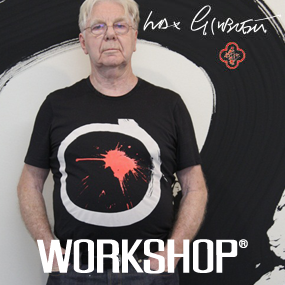Sir Harold Gillies the Man Who Mended Broken Soldiers
In October, the handiwork of New Zealand-born otolaryngologist Sir Harold Gillies, widely considered the father of plastic surgery, can be seen at the Hunterian Museum in the Royal College of Surgeons of England, in the form of strangely beautiful pastel portraits of his patients drawn by Henry Tonks.
Gillies is a hero of the First World War who fully deserves the wider exposure he’s about to get in a new play and the exhibition, called War, Art and Surgery.
Gillies earned the epithet “the father of plastic surgery” thanks to his pioneering work rebuilding the faces of at least 4000 British and New Zealand soldiers mutilated by bullets, by shipboard fires and above all by shell shrapnel in the trenches.
The Dunedin-born surgeon co-opted Tonks as his resident artist when he opened the Cambridge Hospital in Aldershot in 1916, with 200 beds set aside for patients. When 2000 wounded returned from the Somme alone, Gillies moved to the larger Queen’s Hospital in Sidcup (later Queen Mary’s). Many of those he patched up were sent back to fight, to his regret. Many of them, amazingly, were glad to go. This fact, which runs counter to the accepted narrative of the conflict, was the spur for Howard Brenton’s play about Gillies for Shakespeare’s Globe, Dr Scroggy’s War.
“He was a great surgeon, a difficult man, hyperactive, brilliant on many levels,” Brenton says, ticking off Gillies’s achievements.
The exhibition at the Hunterian is not just historical. It features all of Tonks’s surviving 72 pastel portraits, some of which show patients both before and after surgery.
Original article by Nick Curtis, London Evening Standard, August 26, 2014.
Photo by The Royal College of Surgeons of England.














